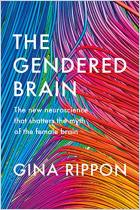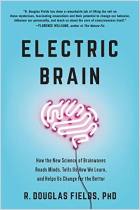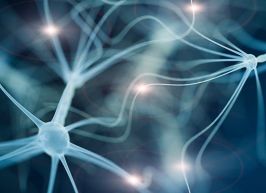
A review of
Casting Light on the Dark Side of Brain Imaging
The review below was first published in the getAbstract Journal on 25 nov. 2022.
We’ve reviewed this title for you as we currently cannot offer a summary.
We’ve reviewed this title for you as we currently cannot offer a summary.
Debunking Brain Claims
by David Meyer
Neuroscientist Amir Raz and postdoctoral researcher Robert T. Thibault offer an overview of brain imaging technology to separate facts from popular perceptions and marketing hype.
Learners who read this also read
Book
Book
Book
Book


















Comment on this review or Comenzar discusión